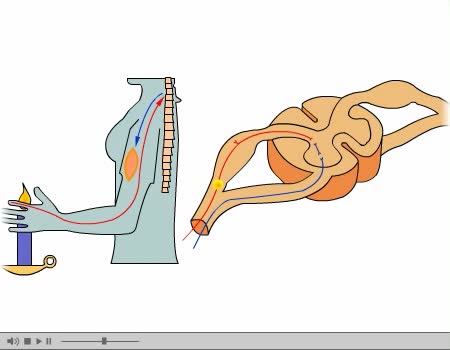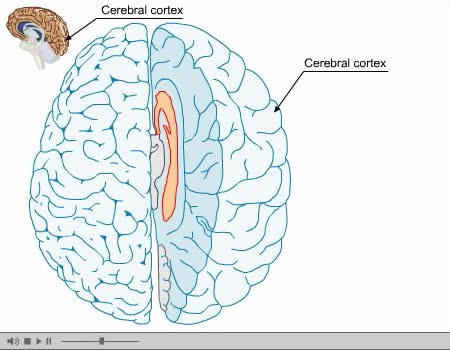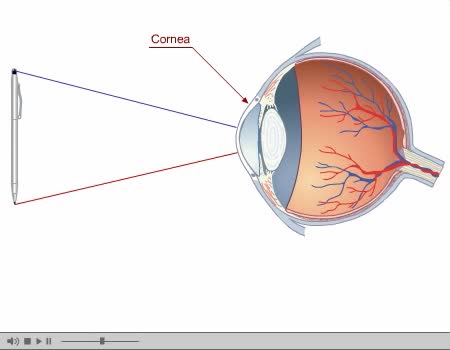What are Taste Receptors? How Does it Work? Animation
By: HWC
Date Uploaded: 01/12/2022
Tags: What are Taste Receptors? how taste buds work The mechanism of taste reception The Sense of Taste taste buds animation muscular tongue epithelial papillae taste receptor neurons chemoreceptor saliva unami amino acid-based food additives monosodium glutamate food molecules action potential sensory nerves brain cerebral cortex microvilli tastant sugar molecule enzyme adenylyl cyclase ATP cyclic AMP protein kinase phosphorylates
Do you ever wonder how you can taste the foods you eat? It all starts with taste receptors in your muscular tongue. Taste receptor neurons are found in your taste buds but you are not looking at the taste buds. The raised bumps on the surface of the tongue that you see are specialized epithelial structures, called papillae, that contain the taste buds. Inside the papillae are about 5,000 to 10,000 taste buds that contain bundles of taste receptor neurons, and there are anywhere from 50 to 150 of these taste receptor cells in each taste bud. Taste receptors are a type of chemoreceptor, which binds chemical substances dissolved in saliva that come from the foods you eat and the beverages you drink. What kinds of taste sensations are recognized by your taste receptors as you eat and drink? There are five: sweet, sour, salty, bitter, and unami. The sweet taste of sugars is a favorable sensation in the mouth, while a bitter taste helps us avoid eating things that might harm us. Unami is a newer one that is targeted by amino acid-based food additives like monosodium glutamate. Taste receptor cells are stimulated by the binding of food molecules, and this leads to an action potential that is transmitted along sensory nerves, which lead to the brain. In the cerebral cortex we interpret and perceive the specific taste. Watch it fire now. Both the sense of taste and smell are interpreted by the cerebral cortex in the brain. If you have ever had a cold, you know that taste and smell affect each other. Let's now look at the chemical basis of taste. How does tasting occur at the molecular level? It is similar to smell. The microvilli endings of the taste receptor neuron are bathed in saliva. A food molecule called a tastant, such as glucose. binds to receptor proteins found in the plasma membrane of taste receptor cells. The sugar molecule is the first messenger that triggers a cell transduction pathway, and this leads to a G protein being activated. Remember that G proteins are secondary messengers. This then stimulates the enzyme adenylyl cyclase to produce CAMP from ATP. The rest of the details are still being worked out. But, one model proposes that cyclic AMP activates a protein kinase that phosphorylates and closes potassium channels. Another model suggests that calcium channels open. Either way, the change in ion distribution across the membrane causes depolarization and initiates an action potential that is transmitted to the sensory nerve. So, a chemical signal is transferred into an electrical impulse that travels along the sensory nerve sending information to the brain. Hence, we taste.
Add To
You must login to add videos to your playlists.
Advertisement












Comments
0 Comments total
Sign In to post comments.
No comments have been posted for this video yet.